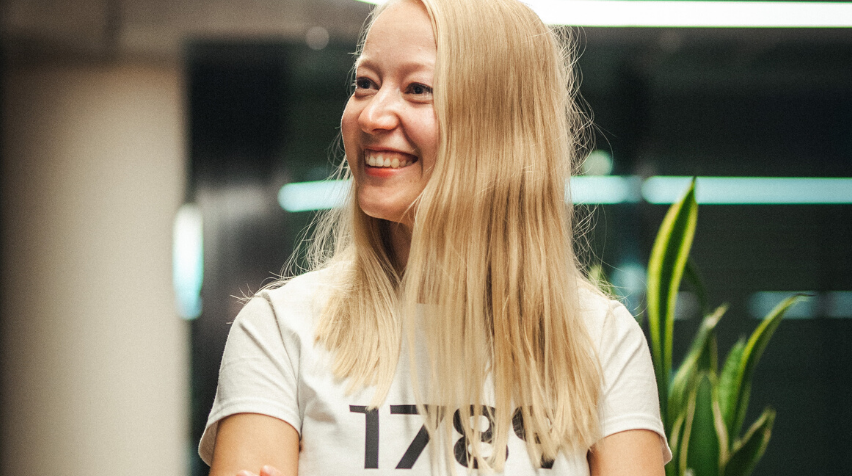Profound technological changes have brought organizations to the crossroads: How to evolve? How to continually renew, reinvent? How to sense ever-changing market needs? How to build a company model that is sustainable in the long term?
Ein Gastbeitrag von Liisi Sukles, Mitgründerin der 1798 Innovations AG aus Frankfurt. Die Firma ist in der Strategischen Unternehmensberatung tätig. Ihr Fokus liegt auf dem digitalen Wandel und den sich daraus ergebenden Möglichkeiten.
When organizations go through digital transformation initiatives, they usually don’t (let’s be honest — never) touch their governance level — on the grand scale of things, the system stays the same, the incentives stay the same. The roles & positions interlinked to each other stay the same. The way we lead and are being led stays the same.
So, we could say that the incumbents are only touching the surface,navigating in their comfort zones and struggling to understand the full extent of the change required — that is, fundamentally rethinking the whole company design, including all levels of hierarchy from top to bottom. And that is a cumbersome undertaking.
On the other hand, we seldom hear success stories of corporates that have actually achieved that: gone from old traditional structures to radically new ones. Those who “went all in”. It’s understandable that if you have so much at stake, the risks are too high to bear. Change is perceived as a threat.
But let’s not forget — companies are run by people
Change is namely perceived as a threat to them, the leaders of the organizations. Why change a system that they have invested so much in building their lives around? Shaping their career identities and earning their laurels, reputations? Consequently, how their own understanding of leadership evolves (or stagnates), also influences the company’s willingness to adapt and succeed.
So, what interests me today is to understand where the function of a leader needs to evolve in order to cope with the changes ahead?
To find out, we have to ask ourselves three fundamental questions:
- How is leadership defined today?
- Where could traditional organizations evolve in the future?
- What does it mean to be a leader in these future organizations?
Today: Leadership in Times of Uncertainty
Not to overuse the dear acronym, but we can calmly agree that at this very moment, we are living in an era of Volatility, Uncertainty, Complexity, and Ambiguity. So it’s no wonder that under these circumstances, we have been gravitating towards people whose leadership style is assuring, motivating, providing a vision, a safe space and a sense of purpose. We often see that the title “a leader” is given to a “head of a group”, or to someone that demonstrates those qualities.
When I tried finding a comprehensive definition for “leadership”, there was an overflow of interpretations. None that would be satisfying enough as a universal truth.
At the same pace as the external world is evolving, the term “leadership” has changed as well — it’s the idolized topic of everyday business, discussions, the inspiration for books and conferences. But if to put the current status quo into a short definition, then, in essence, one could state:
“Leadership is the ability of an individual or organization to lead or guide other individuals, teams, or entire organizations”. (Source)
One could also summarize: an individual is a leader once they have found followers.
But is this distinction of “leader” vs “follower” sustainable in the long term? Aren’t we then acting as captains steering the (leader’s) ship, telling others where to go & what to believe in? Does it not have a risk to incline towards a herd mentality? (Kudos to MJ)Will it be enough for the future of work?
The Future: Platform Economy — A Closer Look
Since the last decades, we’ve seen the Internet of Things (IoT) bring Platform economy on the rise: think of the birth of Facebook, Airbnb, Amazon, Google, Salesforce. The world’s most innovative and successful companies. They are envied and labeled as the “digital natives”, feeling comfortable navigating in their own era & self-made rules. Why? Because through their open digital platforms, these companies are able to leverage the global resources and their network effect, responding to user demands and building better products at a much faster pace. This also means that employees themselves are directly engaged with the end-users.
Let’s look at the “platform” definition:
“A platform is a business based on enabling value-creating interactions between external producers and consumers. The platform provides an open, participative infrastructure for these interactions and sets governance conditions for them. The platform’s overarching purpose: to consummate matches among users and facilitate the exchange of goods, services, or social currency, thereby enabling value creation for all participants.” (Parker, Van Alstyne & Choudary)
High five from me to the “digital natives”. The world really is your oyster.
But what if to turn things around, creating a platform model internally, within an organization? Designing the “Organization” as a platform?
Example: Platform Organization
Haier — the world’s number one home appliance manufacturer. Not a digital native kid like the companies mentioned above. Instead, it’s a Chinese conglomerate founded in 1984 with now over 70,000 employees. Created long before the Internet went into masses, Haier has reinvented itself several times: Six times, in fact! During the last decades, they have gone from the traditional hierarchical pyramid to Matrix and so forth; til turning themselves into a platform model in 2012. The reason?
To be closer to the end-consumers & respond faster to the changing market needs. (Bam! Q: Isn’t it what any company wishes?) Too good to be true? Let’s have a look.
Those more familiar with the mind-boggling success & business model of Haier, notice that reorganizing a company as a platform really does create a tangible competitive advantage in today’s uncertain markets. You can’t deny the numbers. It is proof that even the more “traditional” firms can radically change. But in my opinion — only with the right leadership philosophy.
Haier’s transformation started off under the “leadership” of its longterm CEO and Chairman Zhang Ruimin, but in a way that his leadership role was distributed to his whole workforce.
To give a glimpse on how Haier operates, this snapshot shows how their organizations model is built upon 3 layers, all loosely connected to each other:
NETWORK
Haier is made up of 2000+ autonomous micro-organizations, each with teams of up to 15 people. In Haier, everyone is a “CEO”; an entrepreneur with “the skin’s in the game”. Each micro-organization chooses how they select personnel, distribute profit and take decisions. The micro-organizations build up a network that can serve both internal and external clients and together “make up” Haier.
PLATFORM
This is the “governance” level, which is grouped together by several networks for a single purpose: build a new service, cutting-edge product, improve the market offerings. There are about 20 platforms in Haier spanning over various industries (white goods, investment & incubation, financial holdings, real estate, cultural industry). They help micro-organizations “incubate” on their platforms, providing general resources of Haier and are regulated based on agreed-upon rules in the ecosystem. However, they have no decision-power.
ECOSYSTEM
This all builds upon an open ecosystem of Haier’s end-users, partners, inventors who together work towards bringing the best products for the end-users.
What about then the leadership roles inside Haier? Easy, there’s only 3: The “entrepreneur”, the “micro-organization owner” and the “platform owner”.
With that type of company design, the question is: who is then “steering the (leader’s) ship”? The simple answer is: the end-users (consumers) are leading Haier!
From Redefining to Reinventing Future Leadership
This got me curious. What function does Haier’s “entrepreneurial” leadership role then have? If everyone is a CEO, then everyone is a leader? Or it is the opposite: the system is leaderless?
When doing research for this article, I stumbled upon a fresh angle to define leadership which I have never previously heard about: Professor Danah Zohar’s take on “Quantum Leadership”. Why look extra closely at her work? — she is an advisor to the Haier CEO Zhang Ruimin and has played an important role in Haier’s transformation process into a successful platform company. She calls the platform-network workers as “quantum leaders” (and has also taken the inspiration from Complex Adaptive Systems).
“Quantum leaders,” like the systems they have to manage, are poised at “the edge of chaos.” They thrive on the potential latent in uncertainty and are adept at unleashing the creativity of self-organization. More importantly, they are vision- and value-led; they adapt quickly, are unafraid to play with the boundaries and reinvent the rules, and celebrate diversity.”
This all builds up a rather new way of working, and a new function of leadership: situational & emergent leadership. There is not ONE leader “leading” all the time, at least not a formally appointed one. Here, the leadership can then be more emergent and based on merit. The system reorganizes itself so that leaders naturally emerge and then “withdraw” based on different needs & situations. The work is then a place where every day you are empowered to bring out your best self at work. This is done via up-to-date knowledge, skills & continuous learning, forthbringing & valuing unique personal talent, cross-functional teamwork, etc. Additionally, the incentives to perform your best are interlinked to all levels in the ecosystem, guiding everyone towards one company vision.
In this system, it’s not about leading others. It’s about bringing the best out of each other.
Here’s my question: will other traditional companies be able to adapt to this platform-based “leader-less“ & “leader-full” consumer-led management model? Without a doubt, any system has its flaws and downsides. But I must say, I like what I have found so far.
About 1789 Innovations
1789 Innovations is a strategic consultancy with a focus on organizational innovation within complex environments. We help revolutionary leaders to envision the future design of their company and empower their organization to create the aspired future state.

